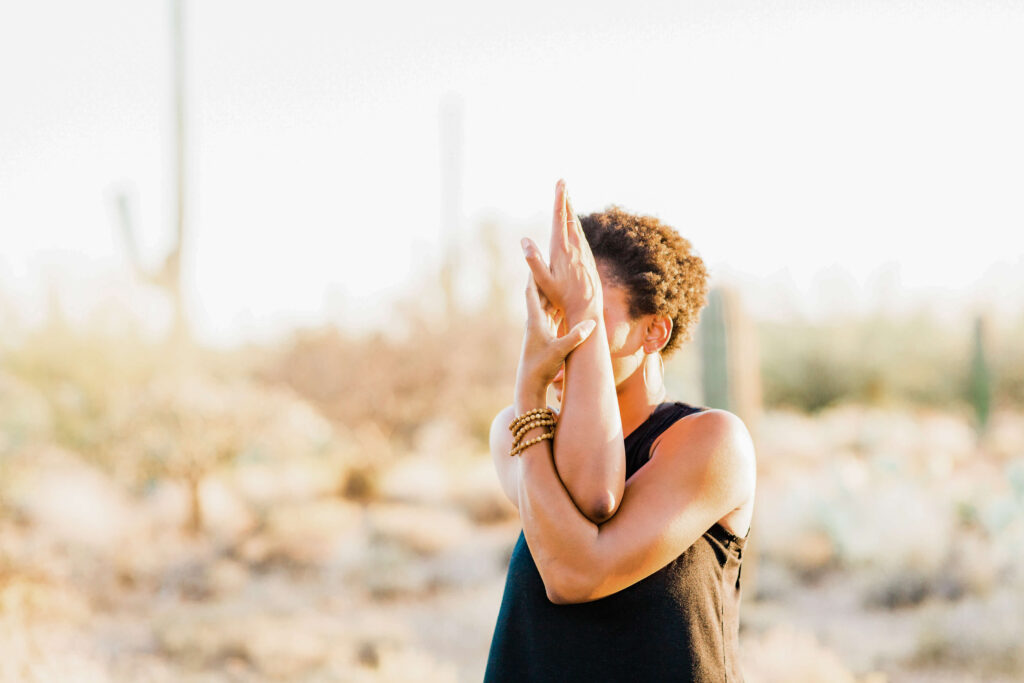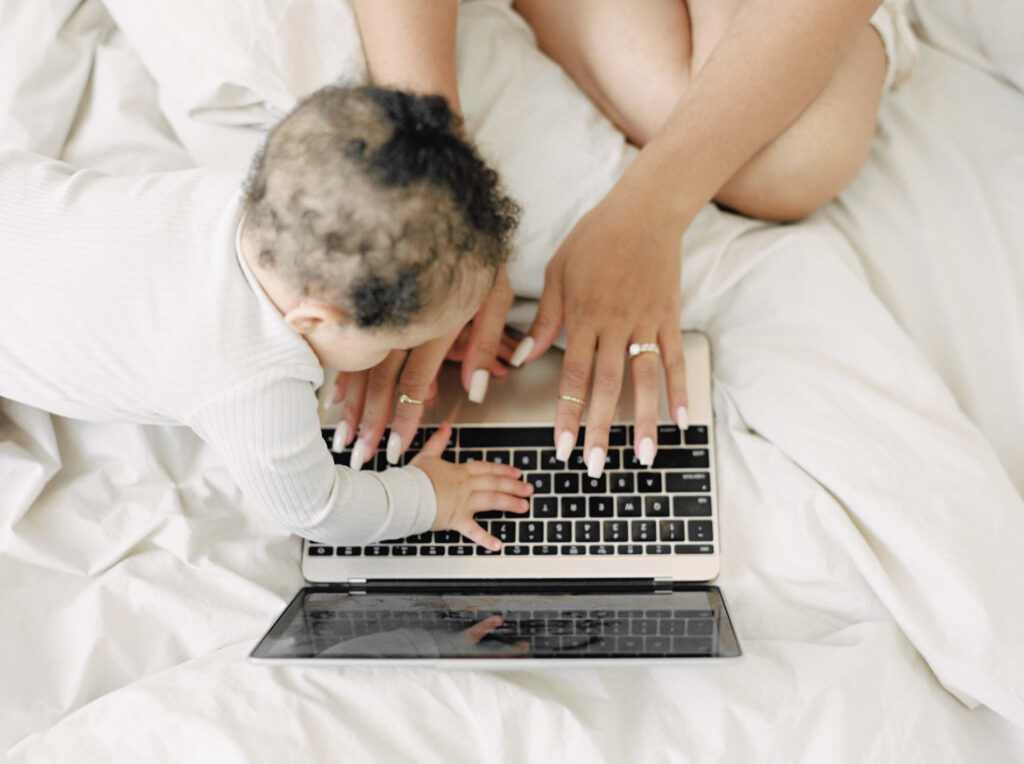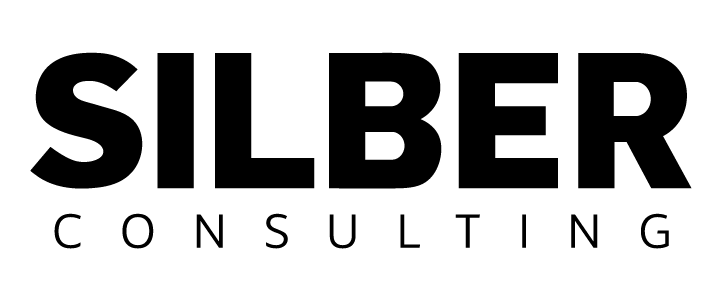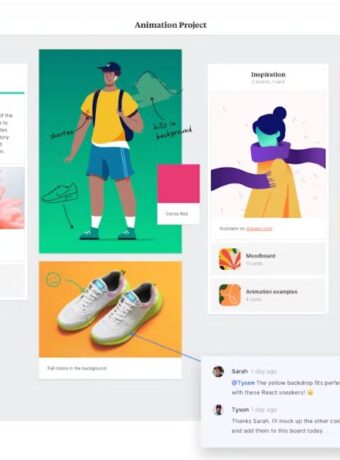What Is Slow Productivity? A Guide to Doing Less, Better
Most creatives I know are tired.

Tired of multitasking. Tired of the pressure to scale faster, post more, and always stay available. I’ve been there. As someone who has run branding workshops, built membership sites, and helped companies expand across borders, I’ve learned the hard way that speed without clarity leads to burnout.
Slow productivity is not laziness. It’s a different system. It’s about choosing fewer, better tasks—and giving them real attention.
It’s how I’ve started to work, especially after building two businesses while raising kids and dealing with intense waves of creative energy followed by total exhaustion.

Why I Chose to Slow Down
I used to push through.
Everyone says I am such a strong woman, always moving forward, getting through hard times together with my two daughters. Yes, I am a solo mom.
I kept going even when I felt empty. I thought results came from output. But I noticed something strange: the work I rushed was the work I always had to redo. The client offers that I landed came from focused, thoughtful effort, not quick wins.
When I started designing my weeks around energy, not urgency, things shifted. I planned fewer tasks. I blocked time for deep work. I built systems that supported flow, not friction. My output dropped by 30%, but my results improved. My clients were happier. My work looked better.
And I felt calm.
The Core Principles of Slow Productivity
This isn’t about being slow for the sake of it. It’s about working in a way that feels aligned. Here’s what I focus on:
1. Do fewer things
I no longer try to post on every channel or say yes to every opportunity. I choose one main goal per day. I build one strong product at a time. Focus is a superpower.
2. Protect deep work time
I block hours with no calls, no emails, and no Slack. I use that time to write, design, or map strategy. I work in silence. That’s when my best ideas come.
3. Follow your energy
I no longer force myself to create when I feel drained. I front-load creative tasks when I feel sharp and save admin tasks for low-energy hours. I work with my rhythm, not against it.
4. Rest is part of the plan
Real rest fuels real work. I no longer see breaks as distractions. I walk. I unplug. I pause between projects. My brain thanks me every time.
5. Finish what matters
I don’t chase trends or shiny tactics. I finish the things that bring long-term value, like this article. Or a landing page that keeps working while I sleep.
Or an outreach system that books real meetings.

Tools That Support My Slow Productivity System
- Notion for weekly goal planning and creative task batching. I use it to map my priorities and track only what matters. No clutter, just clarity.
- Synthesia and Gamma for fast, high-quality content. These tools let me produce polished videos and presentations without wasting hours.
- Delphi.ai for smart shortcuts. It gives me tailored insights and data, so I don’t have to start from zero with each client or market.
- Thinkific for drip content delivery. It works with the natural pace of both creators and learners, giving everyone space to absorb and apply.
These tools don’t speed me up like many other AI-centered tools do. They strip away distractions and make space for real focus. But it is important to stick to as few tools as possible.
They support slow productivity by keeping my mind clear and my workflow light.

What Slow Productivity Looks Like for Creatives
You don’t need to post every day. You don’t need to multitask all week. You need:
- A few strong pieces of content that convert
- A calm workflow that respects your energy
- A system that supports your vision instead of draining you
I now teach my clients to embrace slower methods, too. Many of them come from fast-paced industries. They’ve tried rigid planners, daily checklists, and hustle-heavy strategies. None of it worked long-term.
Once we switch to slower workflows—fewer platforms, deeper focus, clearer priorities—they feel relief almost instantly. Their work becomes lighter. Their results become stronger. Their clients respond better.
Designers, founders, and creative teams all say the same thing:
“I didn’t know work could feel this good.”
They don’t want to go back. And neither do I.

Final Thoughts
You don’t need to scale with stress. You can grow with clarity. Slow productivity gives you space to think, build, and lead without pressure.
If you’re a creative founder, brand designer, or independent expert, you don’t need more tasks. You need more intention.
The right work done at the right time changes everything.
Be Inspired
Green Color Psychology In Business & Design
Creative Access Hub For Designers and Founders
Last Updated on 22/05/2025 by Victoria Silber





